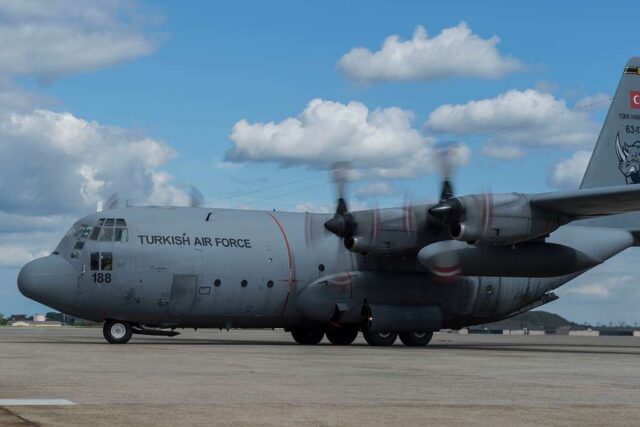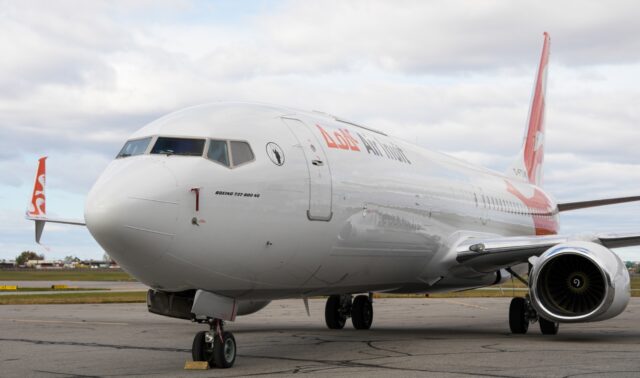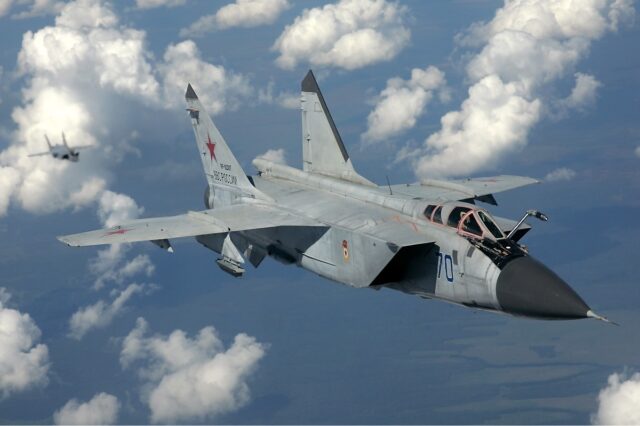Northrop Grumman and US Air Force in talks to accelerate B-21 Raider stealth bomber output

October 22, 2025
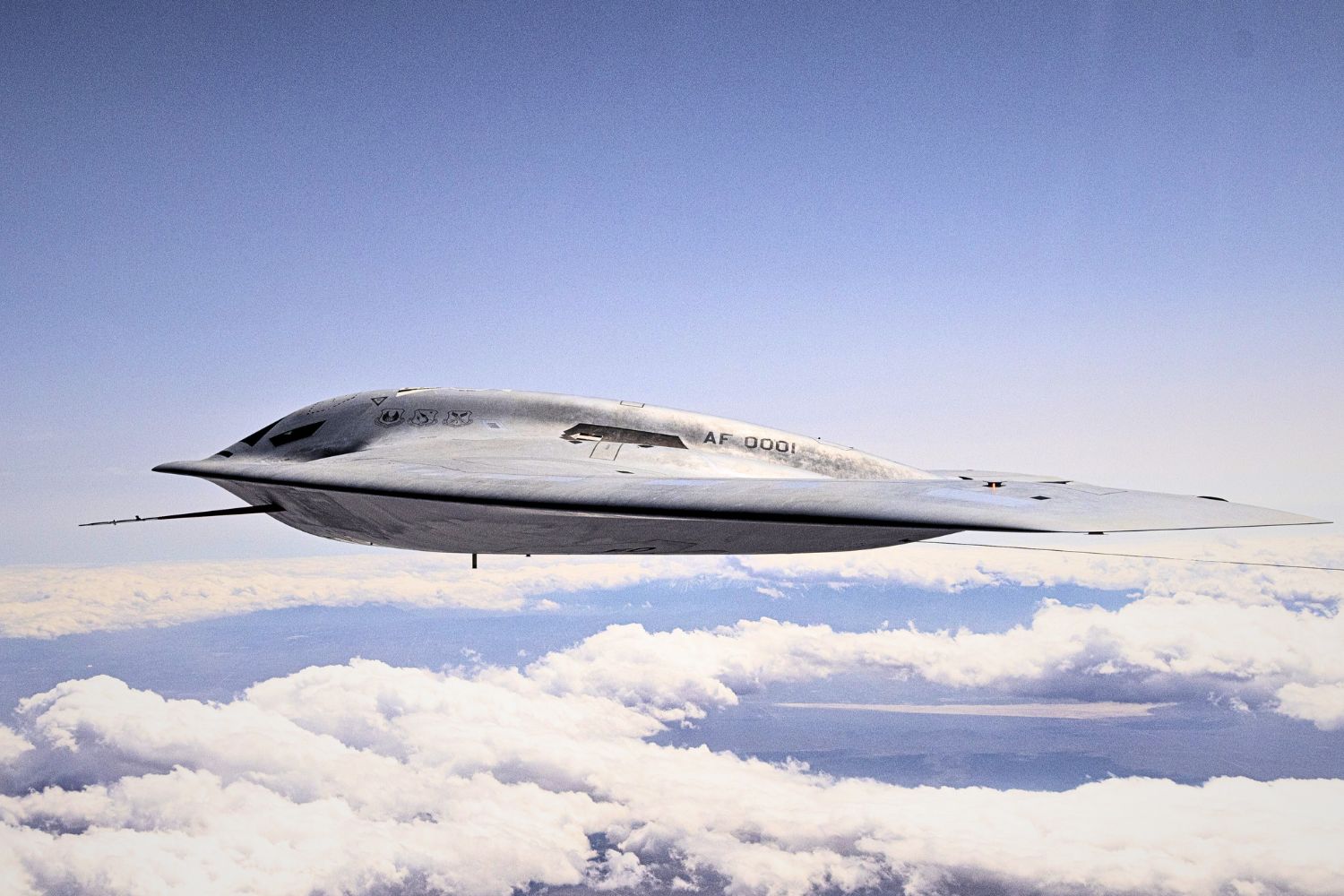
Northrop Grumman is in discussions with the US Air Force to accelerate production of its next-generation B-21 Raider stealth bomber after reporting stronger-than-expected third-quarter earnings for 2025.
The company’s results underline the bomber’s growing importance as a future growth driver, even as early production costs continue to weigh on margins.
Northrop Grumman targets new B-21 Raider production awards by year-end
Chief Executive Officer Kathy Warden told investors that Northrop “continues to work closely with the Air Force on the B-21 programme and expects additional awards later this year, including LRIP Lot 3 and advance procurement for Lot 5.”
She added that the company would “work with the Air Force to look at when those units would come into the contract as we accumulate more production performance data,” signalling that test results and manufacturing metrics will determine the pace of the ramp-up.

Chief Financial Officer Dave Keffer confirmed that early production had brought a $122 million unfavourable cost adjustment on the first low-rate initial production (LRIP) lots, an outcome of start-up and learning-curve costs.
Northrop has nevertheless reaffirmed free-cash-flow guidance of $3.05 – $3.35 billion on full-year revenue between $41.7 – $41.9 billion, describing the quarter’s results as broadly in line with expectations.
Testing milestones mark transition to full-scale production
Warden told analysts that the company is now “through the first two production batches” of the B-21, representing a major step in the development of a stealth bomber programme once regarded as one of the most secretive in the US arsenal.
The first aircraft, “001 Cerberus,” was rolled out in December 2022 from Northrop’s Palmdale, California, plant and took its maiden flight in November 2023. Two airworthy B-21s are currently engaged in test activities at Edwards Air Force Base.
The test aircraft are not prototypes but production-standard units that will later be converted to operational configuration; evidence, analysts say, of the programme’s intent to minimise redesign and accelerate fielding.
Low-Rate Initial Production Lot 1, launched in 2023, includes 21 aircraft, while Lot 2 followed in late 2024. Though official quantities for Lot 2 remain classified, industry sources suggest fixed pricing for a further 19 units. The Pentagon included $10 billion in the FY2026 budget for development of the B-21 programme.
Inside America’s next-generation stealth bomber programme
The B-21 Raider is the first new US bomber of the 21st century, designed to form the backbone of the Air Force’s future long-range strike fleet alongside upgraded B-52s. It is a dual-capable penetrating strike aircraft, able to deliver both conventional and nuclear weapons, and intended to operate deep within contested airspace.
Developed by the Air Force Rapid Capabilities Office under the oversight of the Under Secretary of Defense for Acquisition and Sustainment, the programme began with the Engineering and Manufacturing Development contract awarded to Northrop Grumman in October 2015.
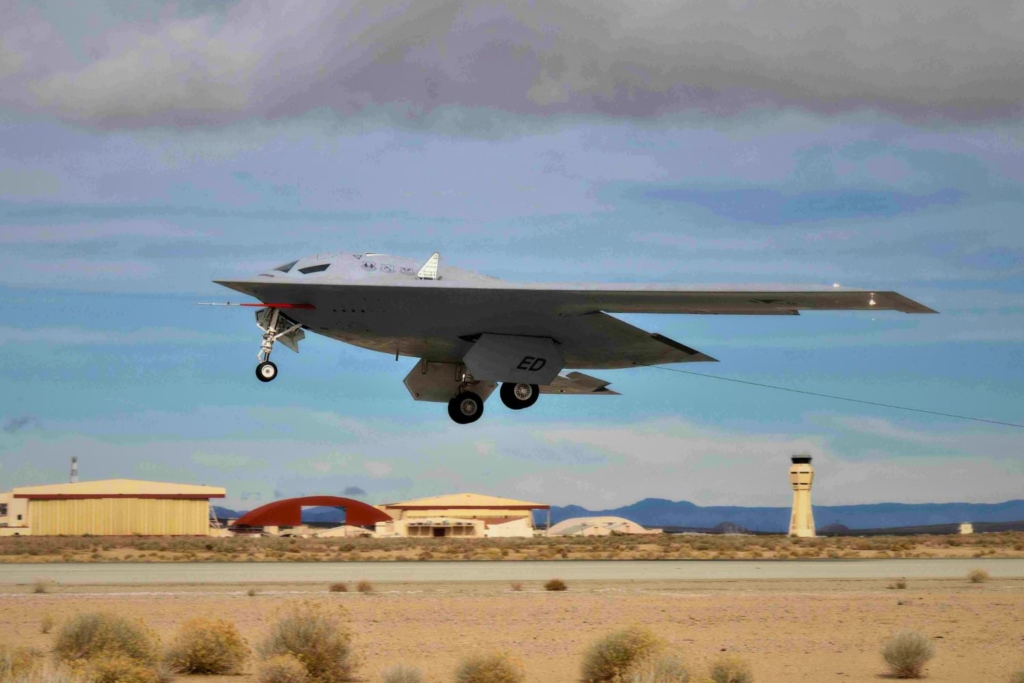
Major partners include Pratt & Whitney, Janicki Industries, Collins Aerospace, GKN Aerospace, BAE Systems and Spirit Aerosystems.
The B-21 incorporates open-systems architecture to ease future upgrades and integration of new sensors, communications or electronic-warfare suites. It will form part of a “family of systems” encompassing intelligence, surveillance and reconnaissance, electronic attack and long-range strike capabilities.
The aircraft will be capable of manned or unmanned operation and able to deploy both stand-off and direct-attack munitions.
Digital twin technology accelerates B-21 production ramp
Northrop’s Plant 42 in Palmdale currently produces about seven to eight aircraft per year, but that rate could increase if the Air Force approves higher output. Around 40 airframes are reported to be at various stages of assembly.
The company credits its ability to accelerate production to an advanced digital-engineering ecosystem that created “virtual twins” of every major component and process before fabrication began. This allowed engineers to identify and correct errors in simulation, reducing rework and cost once full-scale production started.
While the preceding B-2A Spirit became a byword for manufacturing complexity and soaring unit costs, the B-21’s digital framework is intended to avoid those pitfalls.
The aircraft’s Average Procurement Unit Cost (APUC) is officially capped at US $692 million (2022 base year) — a threshold originally mandated by former US Defence Secretary Robert Gates to keep the programme within affordable limits.

The bomber takes its name from the Doolittle Raiders, the group of US Army Air Forces personnel who launched the 1942 raid on Tokyo during the Second World War. The designation “B-21” acknowledges it as the first bomber of the new century.
Ellsworth Air Force Base in South Dakota will host the first operational squadron and training unit, while depot work will be centred at Tinker AFB in Oklahoma and testing conducted at Edwards AFB in California.
The Air Force plans to acquire at least 100 B-21s, with initial operational capability targeted for the late 2020s.
Northrop expands investment to meet record defence demand
Northrop’s third-quarter results also highlighted record investment levels across its business segments, including missile defence, microelectronics and solid-rocket-motor capacity. Warden described the present environment as “an unprecedented demand environment,” saying the company’s capital-deployment strategy was “enabling us to meet this demand.”
The company projects mid-single-digit organic sales growth in 2026 and an operating margin in the low-to-mid-11 per cent range, excluding any upside from additional B-21 contracts.
Analysts note that if the Air Force moves forward with accelerated production, the bomber could become Northrop’s single largest revenue contributor within two fiscal years.
Data-driven approach guides future B-21 production rate
As the B-21 moves from development into operational testing, both Northrop and the Air Force are cautious about scaling too quickly. Warden emphasised that the final production rate will be “data-driven,” relying on performance information from ongoing test sorties and integration work.
“Testing is progressing well,” she said. “As data mature, we’ll work with the Air Force to determine the optimal production rate.”

This iterative approach, analysts argue, reflects lessons learned from earlier stealth programmes and the need to balance schedule, cost and risk amid growing global demand for fifth-generation strike aircraft.
Industry observers suggest that if production increases beyond current plans, Northrop and the Air Force may have to expand the Palmdale site or even establish a second assembly facility.
The heightened tempo also comes amid renewed competition from China’s developing H-20 stealth bomber, believed to mirror the flying-wing concept of the B-21.
Such advances, coupled with wider geopolitical uncertainty, reinforce Washington’s intent to maintain a credible, penetrating bomber fleet capable of deterring peer adversaries and supporting allied operations across multiple theatres.
B-21 Raider set to anchor America’s future bomber fleet
Once fully operational, the B-21 Raider will sit at the core of the Air Force Global Strike Command, operating alongside the upgraded B-52 Stratofortress.
Its combination of stealth, range and payload capacity will allow it to perform both nuclear deterrence and conventional strike missions, ensuring flexibility against evolving threats.
Its modular open architecture means that avionics, weapons and mission-system upgrades can be introduced without redesigning the airframe, offering the Air Force a sustainable, upgradable platform expected to serve well into the 2060s.
